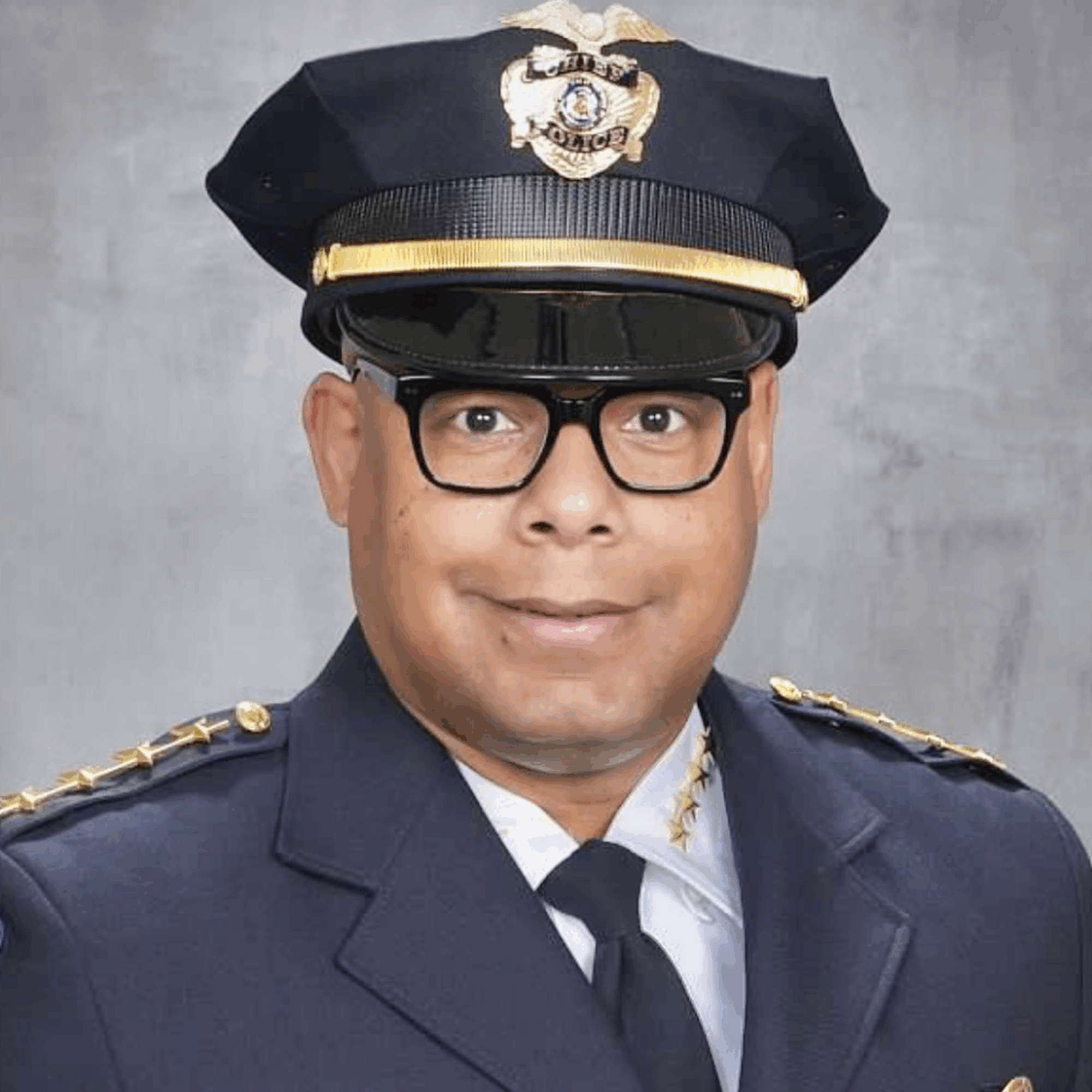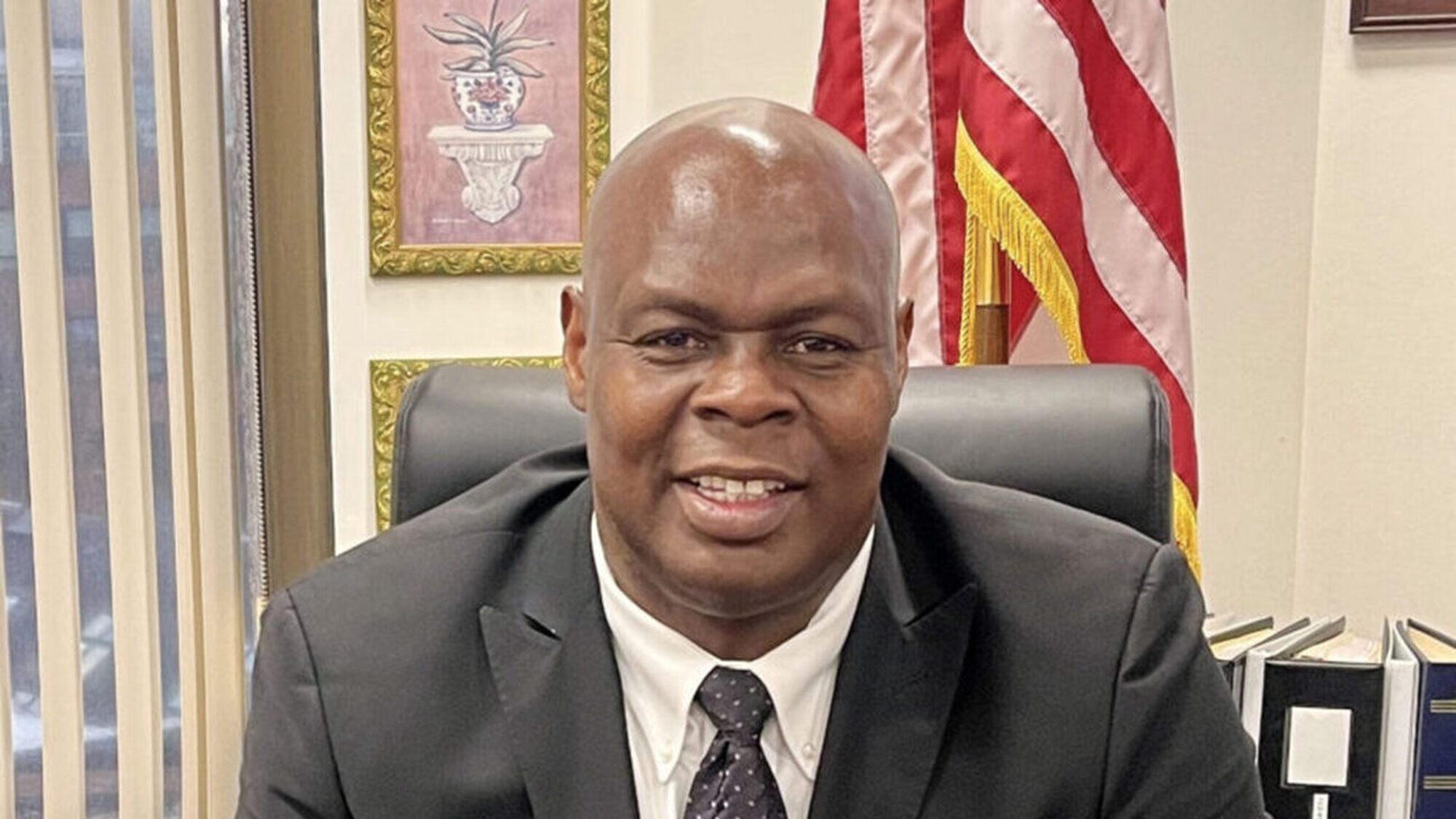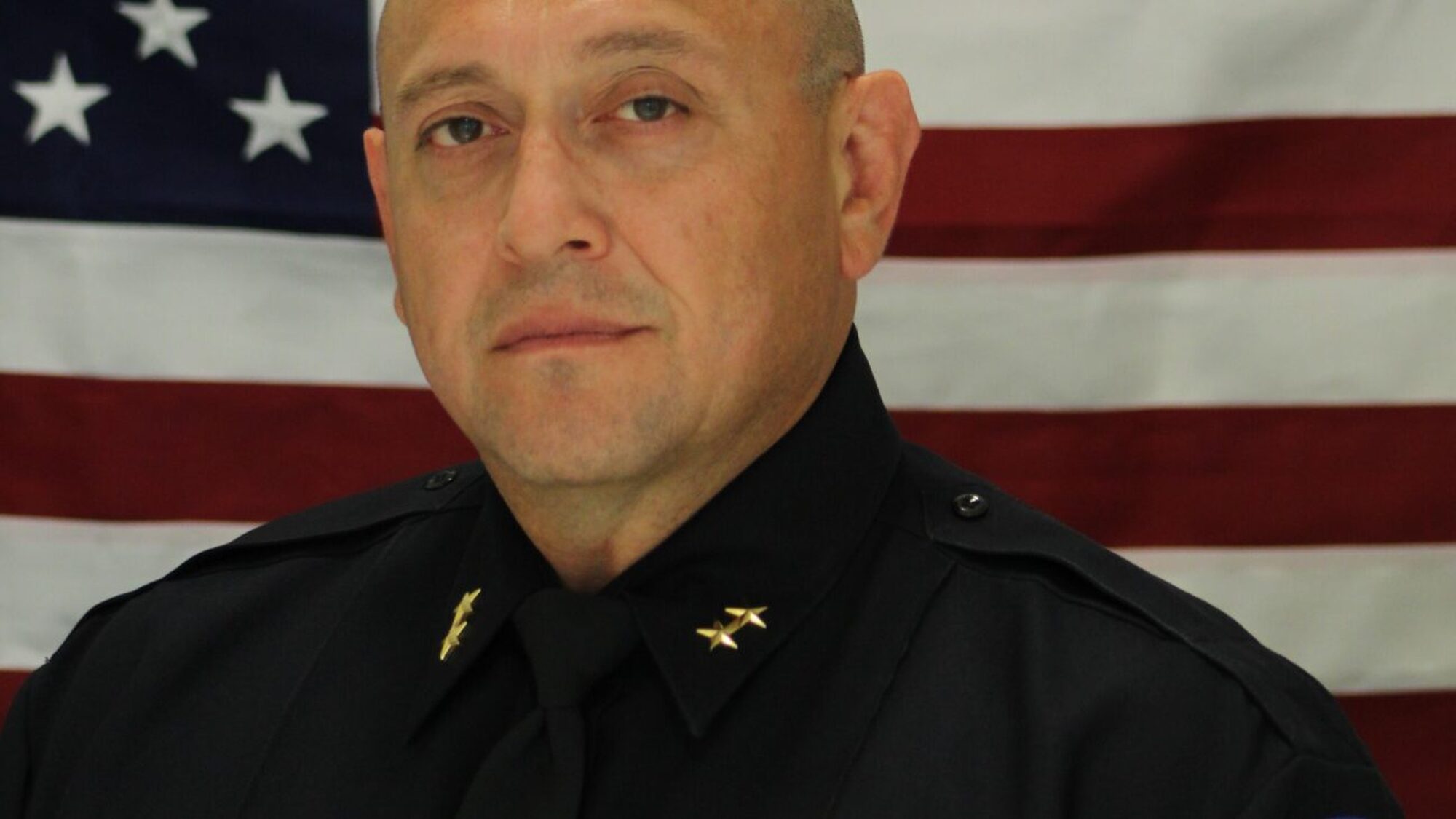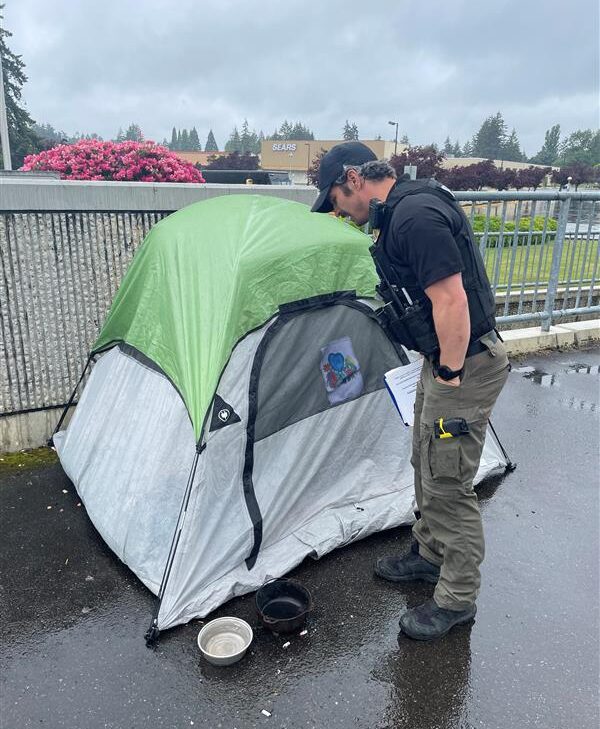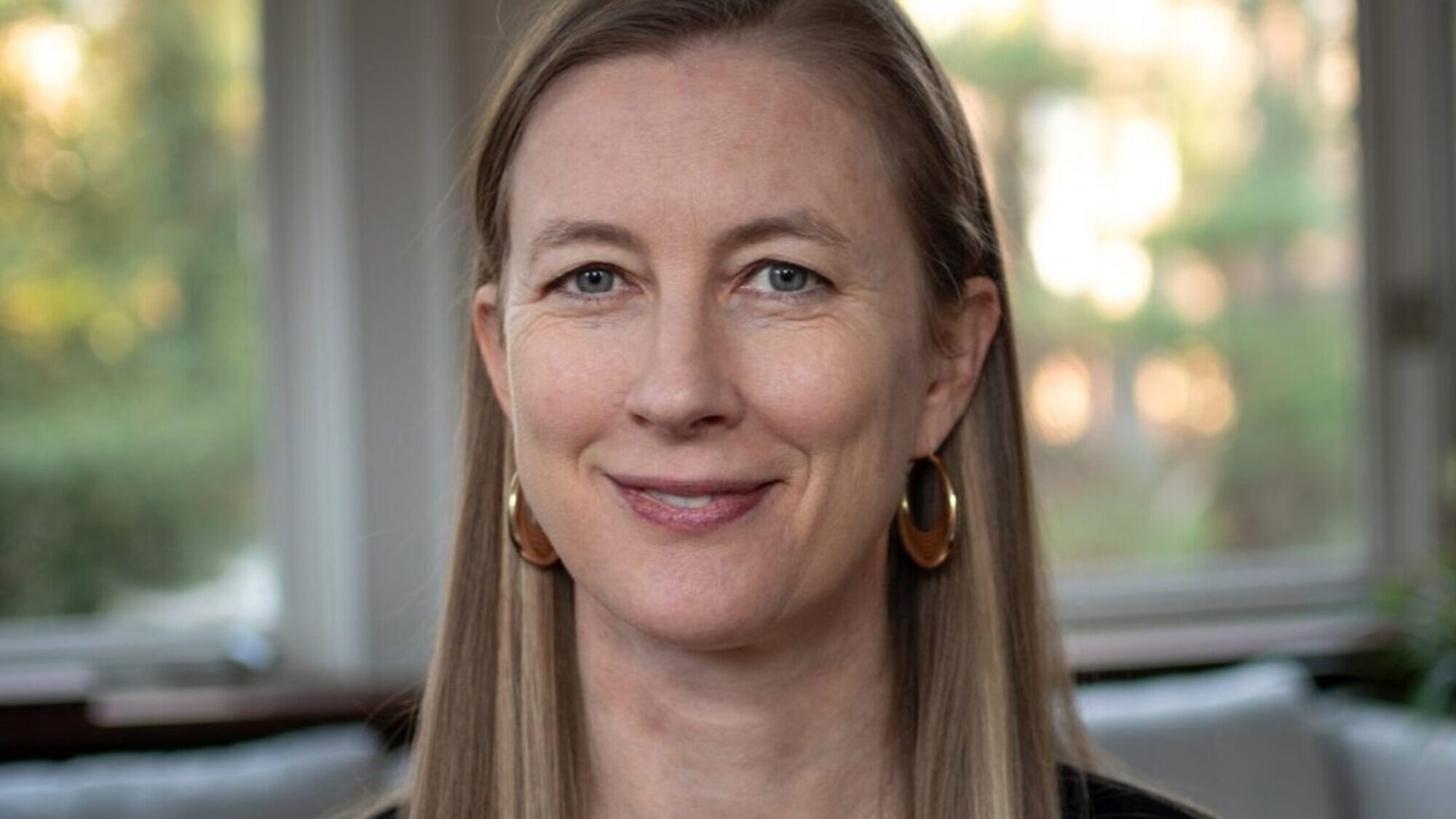When Madison, Wisconsin, Police Chief Shon Barnes was growing up in a small North Carolina community, he routinely witnessed violence among residents of the public housing complex where he lived. At 12 years old, Barnes saw a man kill another man over a woman. The incident left a lasting effect on his community, and on Barnes himself.
“There was no social services program, there was no therapy, there was nothing that resembled reconciliation for what had happened there,” said Barnes.
After college, Barnes got a job as a history teacher, where he enjoyed connecting with young people. But the job did not provide an escape from violence. One of his brightest students killed someone during a robbery and was sent to prison, and Barnes found himself thinking, “There’s got to be a better way.” After speaking with the school’s resource officer about issues he saw with the criminal legal system, he decided to make the switch to policing.
Barnes’ earlier experiences were formative in his commitment to community-focused, evidence-based policing, a practice he brought to Madison after becoming the city’s police chief in February 2021. Overseeing the police department of Wisconsin’s second-most-populated city, Barnes has worked to improve public safety by mending longstanding distrust between the community and the criminal legal system.
Although law enforcement is often not included in people’s conception of the pretrial system, these officers and departments make critical decisions at the very start of the criminal process—like whether to stop a person and make contact, whether to refer a person for services like mental health treatment or housing, and whether to issue a citation or make a custodial arrest. All of these decisions impact whether and how people enter the pretrial system and impact the relationship between police and the communities they protect.
Barnes employs a combination of different approaches to sharpen those decisions, including a vision statement declaring the department’s commitment to members of the community, expanded community policing, and the use of diversion programs and other initiatives to prevent people from entering the criminal legal system. These approaches have helped him build trust with both his officers and the community.
A Vision of Policing Rooted in Service and Community
“The problem with policing is that we’ve gone into communities and told them what’s best for them without their input. And it has grossly failed,” he said. “My philosophy is that people should participate in their own public safety. When people do this, you get better clearance rates on crimes, you get lower crime rates, and then citizen satisfaction with services increases a lot.”
Barnes’ approach is rooted in years of academic study. He has a bachelor’s degree in history and pre-law, a master’s degree in criminal justice, and a PhD in leadership studies. His education has helped him better understand how to engage in productive two-way dialogue with communities to achieve positive outcomes. And this approach gets results; when serving as deputy chief of police in Salisbury, North Carolina, he helped reduce crime to a 20-year low while also reducing arrests.
When Barnes arrived in Madison, the city had experienced 180 days of protests, sometimes violent, in response to the killing of George Floyd by Minneapolis Police, along with calls for the city to defund the police department. “There have been a lot of mistakes made in this area, not just by this police department, but by many others. But the good news is, you can always re-introduce yourself to the community,” said Barnes.
My philosophy is that people should participate in their own public safety. When people do this, you get better clearance rates on crimes, you get lower crime rates, and then citizen satisfaction with services increases a lot.
As part of introducing himself to Madison, Barnes helped write the department’s first vision statement, which took a year and a half to craft. It outlines the department’s goals, and all of Barnes’s officers operate under the statement that they “are a national model for exceptional policing through our commitment to selfless public service, effective community partnerships, and evidence-based policing.”
Building Trust, Partnering With Community
To make this vision a reality, Barnes introduced his robust approach to community policing, in which every officer in the department, not just those in a specific group, is a community policing officer. He asked his captains to develop strategies for engaging the communities in the neighborhoods they covered. He also ensured that those communities had input in the process by hiring a community engagement specialist, who distributed a survey through which residents could request programming or services from the department. The survey also described the Madison Police Department’s five-year strategic plan for 2022–2028.
Once the department identified the areas needing the most work, officers applied for and received a grant to establish a community advisory board. Thirty residents, five for each of the city’s six districts, sit on the board. Every captain works with the community advisory board members from their district to address gaps in services. Barnes also makes himself available in the community, whether on duty or off. “They see me out at my various civic clubs, they see me at church and at civic organizations, and it becomes a contagious thing,” he said.
Barnes also worked to gain the support of his officers and city officials, who were used to different approaches to policing.
“When an officer is on the job here, I want them to see really good results of what good police work could look like.”
He showed his officers, for instance, that he would prioritize their safety while creating community connections. “My job is to make policing safe and meaningful. When an officer is on the job here, I want them to see really good results of what good police work could look like.” And since February 2021, he has conducted monthly ride-alongs in patrol districts.
To secure a budget increase, Barnes had to address concerns expressed by city officials and some community members that the money would simply fund more arrests. “You have to articulate that you need additional funds to reduce crime and reduce arrests, and not to increase the likelihood that someone is going to be involved in the criminal justice system,” he said. The request was ultimately approved, and the additional funds were used to hire six community engagement officers.
To increase transparency and widen community outreach, Barnes promotes the use of in-person interactions, online seminars, and social media to teach community members how to keep themselves safe, educate them on department practices such as budgeting, training, and recruiting, and inform them about the department’s use of force policy. He also added additional sworn and non-sworn employees to oversee the public information department, so residents are provided with updates 24 hours a day.
Responding to Community: Treatment, Diversion, Enforcement
For the past eight years, the city of Madison has worked to provide compassionate care, through its mental health unit, for people experiencing mental health issues. Officers work collaboratively with partner agencies to connect people with services and divert them from the criminal legal system. The program has established itself as a national model, and serves as a Bureau of Justice Assistance learning site for police departments nationwide looking to create units in their own cities.
Barnes is excited about another community policing initiative as well. The Madison Addiction Recovery Initiative (MARI) diverts people who commit certain nonviolent offenses, such as drug possession or prostitution, stemming from addiction. People who complete a six-month treatment program have their charges dismissed. Since its inception in September 2020, 40 people have graduated from the program, and one study found that graduating from MARI may make it less likely that individuals will commit another crime within six months.
“We measure public safety by our ability to work with other people, not our ability to solve problems by ourselves,” said Barnes. “We’re doing everything we can, in partnership with other people, to show folks that policing isn’t just about handcuffs. It’s about public safety. And public safety can no longer be measured by arrest rates; it has to be measured by high school graduation rates.”
To further build trust with the community, Barnes handed down a directive prohibiting officers from searching cars because they smell marijuana or because the driver is in a high-crime area. Although police are legally allowed to use those circumstances as reasons for a search, Barnes says that people living in high-crime areas should not receive additional scrutiny just because of where they live.
“We should want to spend our time on things that are really important,” he said. “We should be policing above and beyond what the Constitution asks for. In other words, just because you can do it doesn’t mean you should do it. And that should be the standard.”
Promising Results
The strategy is starting to work. Barnes said the city has seen double-digit reductions in shots fired, burglaries, and auto theft, all areas that residents identified as troublesome. “We measure crime by looking at the focal areas identified in our community surveys,” he said. He noted that reductions have not yet occurred with homicides or aggravated assaults, but his department is continuing to work on lowering those figures. So far this year, Barnes says the department’s clearance rate for homicides is 80 percent, well above the national average. He credits officers, detectives, forensic investigators, and communty engagement with solving killings.
With the right tools, Barnes says that police departments can replicate the work he has done in Madison. That starts with opening up communication with city officials and with department and community members about changes they want to introduce. It also means getting out of the office to show residents that the police are devoted to action.
“You can’t be a police department and assume that you can reduce crime and make people feel better from the office,” he said. “It’s not just about what you say, it’s about how you demonstrate that you’re actually committed to true community partners.”
About the Author
Lauren Gill is a freelance journalist writing about issues in the criminal legal system, focusing on the death penalty, jails, and prisons.

